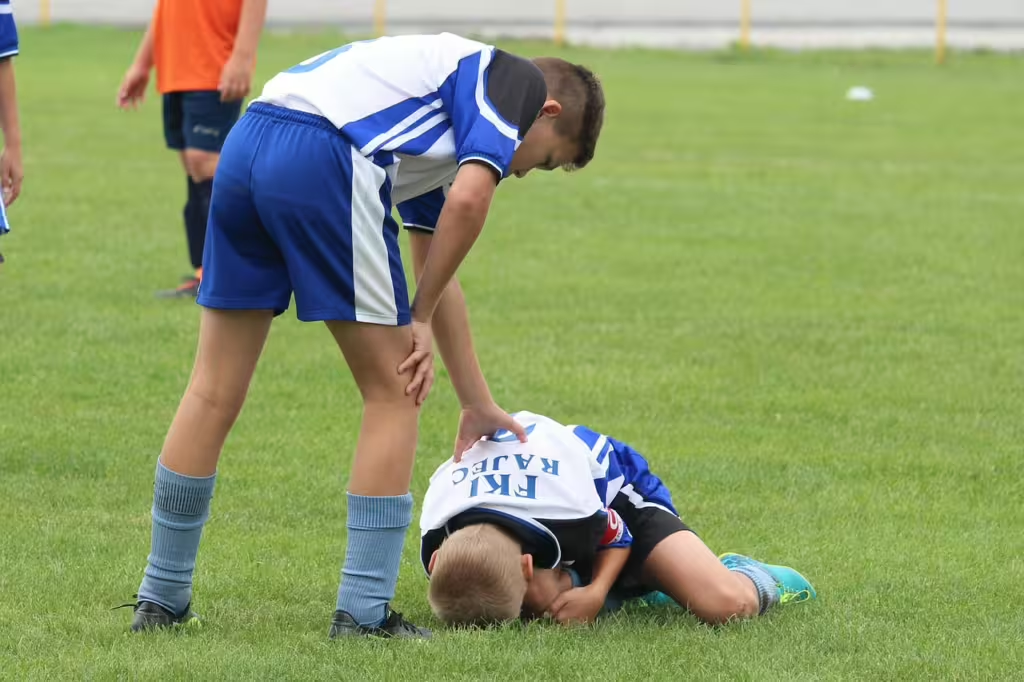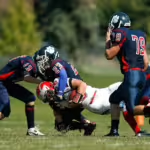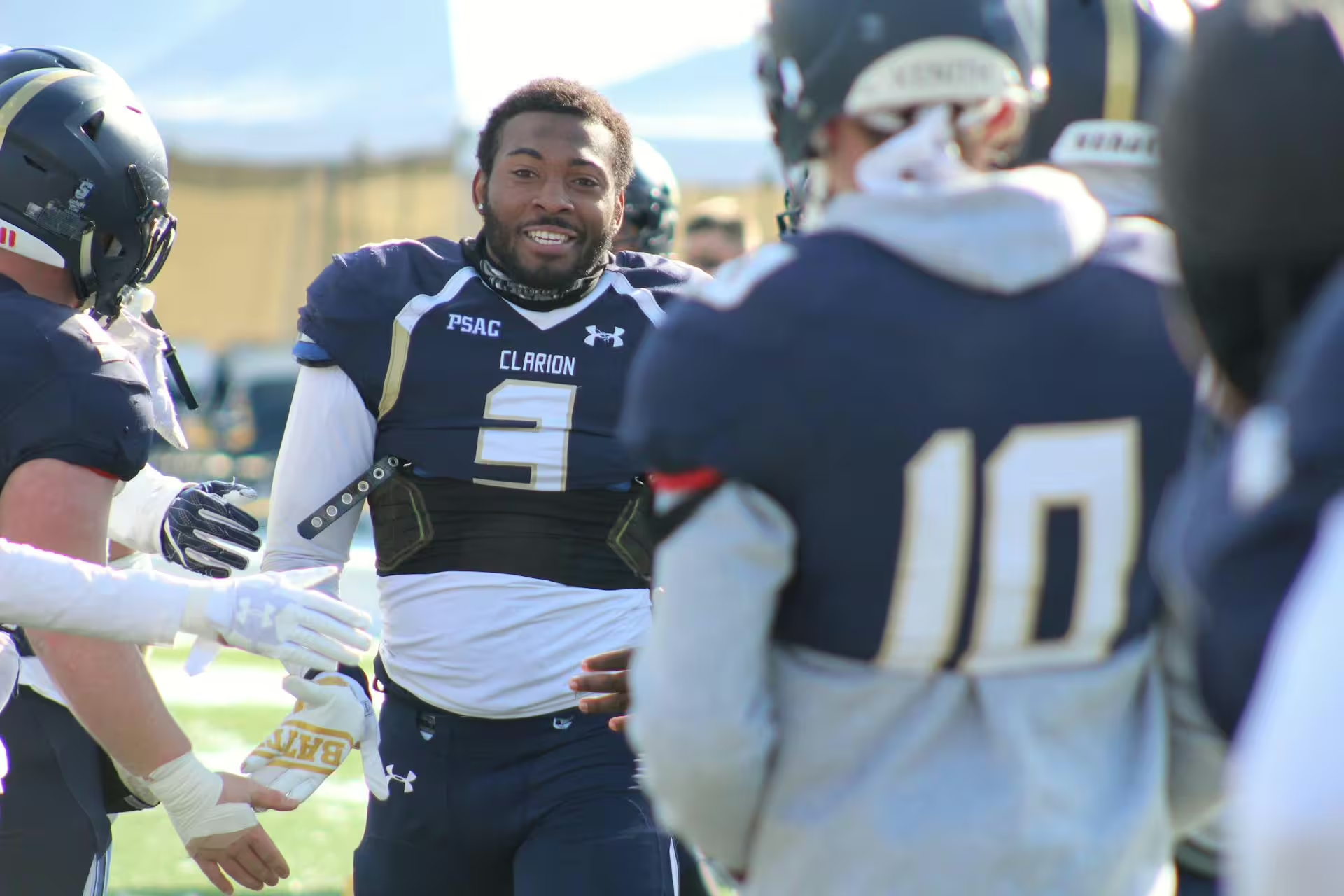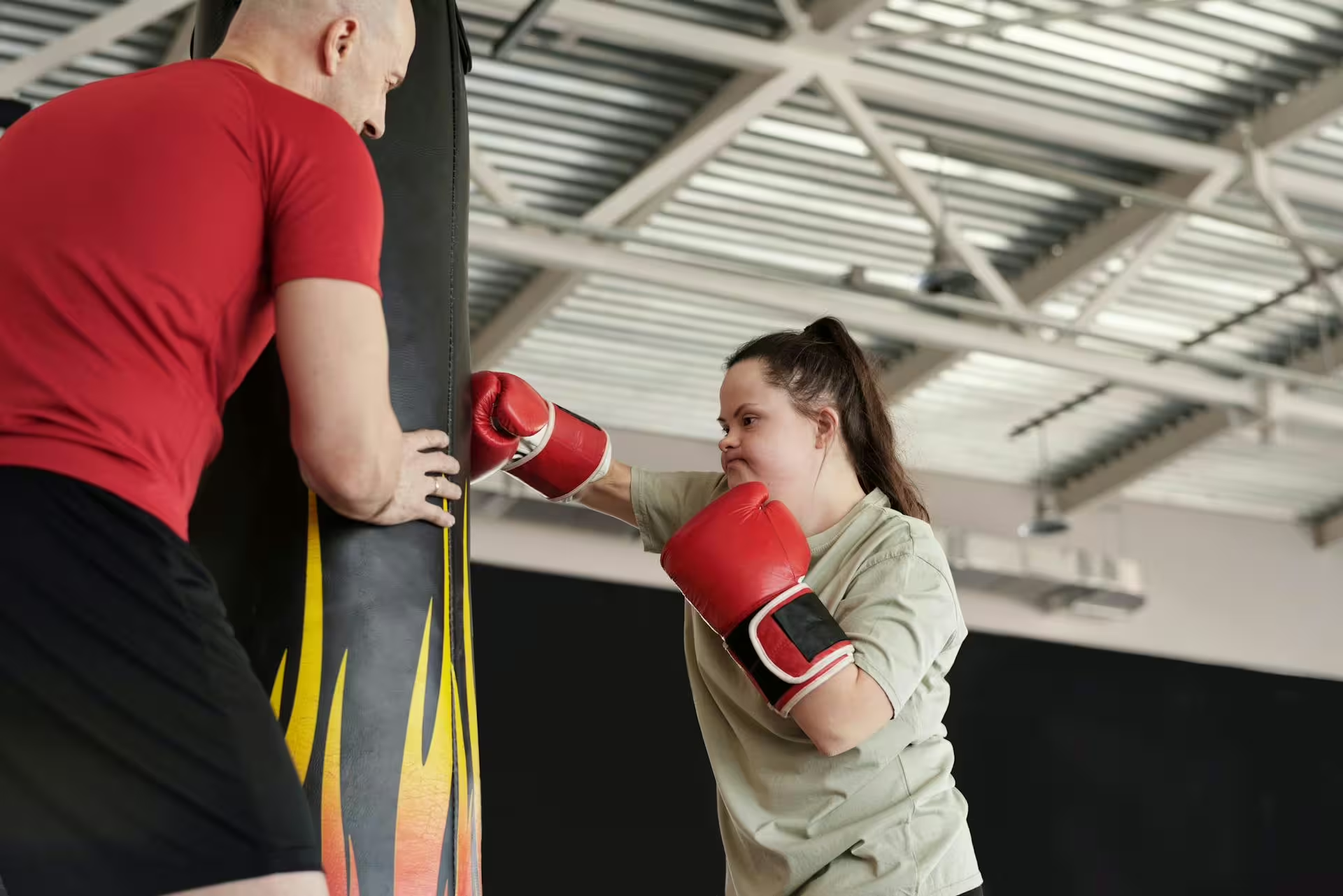Middle school is a pretty perilous time for a kid—though that is usually because of the social pitfalls and emotional extremes created by heightened hormones. For young athletes, the threat of physical injury is added into the mix. While it’s certainly true that middle school-aged athletes are stronger, faster, and more coordinated than they have previously been; so why are they in greater danger of being hurt?
The answer lies in the fact that middle school level sports are themselves more challenging and more competitive, than they were at elementary levels. This means that even a routine trip-up or fumble could be much more physically devastating than it was to a smaller, squishier kid.
Some parents whose children are already prone to injury might find this age bracket to be quite worrisome; this needn’t be so. The secret to safe middle school sports involves striking the right balance. Parents will want to encourage their child’s ambition without pushing too hard, promote a good amount of activity while also remind them to play safety. At the same time, understanding the common injuries in this age group will also help.
In this article, we will discuss those common injuries, how to prevent them, and how parents can support their child’s recovery should they sustain them. At the same time, we will speak on some of the most common methods that parents use to keep their children healthy and thriving, on and off the court.

Why Middle Schoolers Are Especially Vulnerable
When kids are between the ages of 11 and 14, growth happens fast! Middle school aged kids have been known to gain a few inches or more within the space of a year. Such rapid growth leads to imbalance between bones, muscles, and tendons. When these pieces grow too fast for one another, there is a marked reduction in flexibility and a marked uptick in muscle tightness. At the same time, a preteen’s growth plates—the soft cartilage at the ends of a young person’s bones—are still developing and are therefore prone to overuse injuries. Add to that the hormonal changes that can affect a kid’s coordination and balance, you have a perfect recipe for accidental damage.
Common Injuries in Middle School Sports
Now, sports injuries are going to vary from sport to sport, that much is true, but while every sport has its own patterns of injury, most youth athletic injuries fall into two main categories. The first of these contains acute injuries, those that usually arise from sudden trauma, and overuse injuries, which are the result of repetitive stress. The list below contains the most common of the bunch and what parents can do to prevent them in their middle school kids.
Sprains and Strains
Sprains and strains are some of the most common injuries in young athletes. These involve ligaments (sprains) and tendons/muscles (strains). Some examples of these included twisted ankles, wrist sprains, or pulled hamstrings. The best way to prevent them is to make sure your child engages in consistent stretching before and after play. Proper warm-ups and even a fair amount of strength training will help keep muscles, tendons, and ligaments flexible and resilient against accidental injury.
Growth Plate Injuries
We mentioned growth plates earlier and that was important because, at this developmental stage, those elements are far weaker than the surrounding bone. This makes them far easier to injure and far more calamitous should they sustain serious hurt. They are as equally susceptible to overuse as they are to trauma and either type of injury can lead to swelling, pain, and in rare cases, growth disturbance. The best thing to do is to avoid harming these vital bits of cartilage is to encourage a proper amount of physical rest and to avoid over-specialization in any particular sport. Repetitive stress is bad for growing bones, so make sure your child engages with different types of movement in their sports activities throughout the year.
Overuse Injuries
It might not seem like this is a possibility, especially when one looks at the boundless energy an 11-year-old exhibits on the sports field, but overuse injuries are becoming increasingly common in middle school athletes. This typically happens with those who play the same sport year-round or train too intensely in one athletic area. Examples of these injuries include: throwing strain on the inner elbow in Little League players, shin splits in soccer players, of jumper’s knee in basketball players. The same precaution for growth plate injuries can also be used to prevent other types of overuse injuries. Cross-training is essential in these cases, as is making sure your child gets adequate rest of their most commonly-used muscles.
Fractures and Dislocations
Some of the more serious injuries involved dislocated joints and fractured bones. Falls, collisions, or awkward landings are all potential causes of such an injury. It also goes without saying that contact sports like football, rugby, and martial arts carry a higher risk of these ouchies occurring. To avoid them, teach your kids proper falling techniques, help them to be aware of their body, especially during play, and always make sure they are wearing properly fitted protective gear.
Concussions and Head Injuries
Head injuries like concussions are also fairly serious. Kids have hard heads, but even a seemingly minor bump on the noggin can affect brain function and could take a very long time to heal. Also, concussions can happen in any sport, not just football or hockey, so be mindful. Kids who show signs of headache, dizziness, confusion, nausea, or trouble concentrating following a fall or head injury, should be taken to a medical professional right away. Parents and coaches can avoid these injuries by having kids wear properly fitted protective gear and to learn proper technique for tackling, falling, jumping, etc.
Knee and ACL Injuries
Although ACL (anterior cruciate ligament) tears are more common in girls’ sports such as soccer, basketball, and volleyball, they young boys are not immune. These injuries usually happen when one jumps or pivots in the wrong direction. Weak hip and core muscles can increase the risk of such occurrences. For kids that jump or move a lot during their sport (see every sport) look for programs that feature an added focus on balance, flexibility, proper landing mechanics, and strengthening exercises for the athlete’s hips and knees.
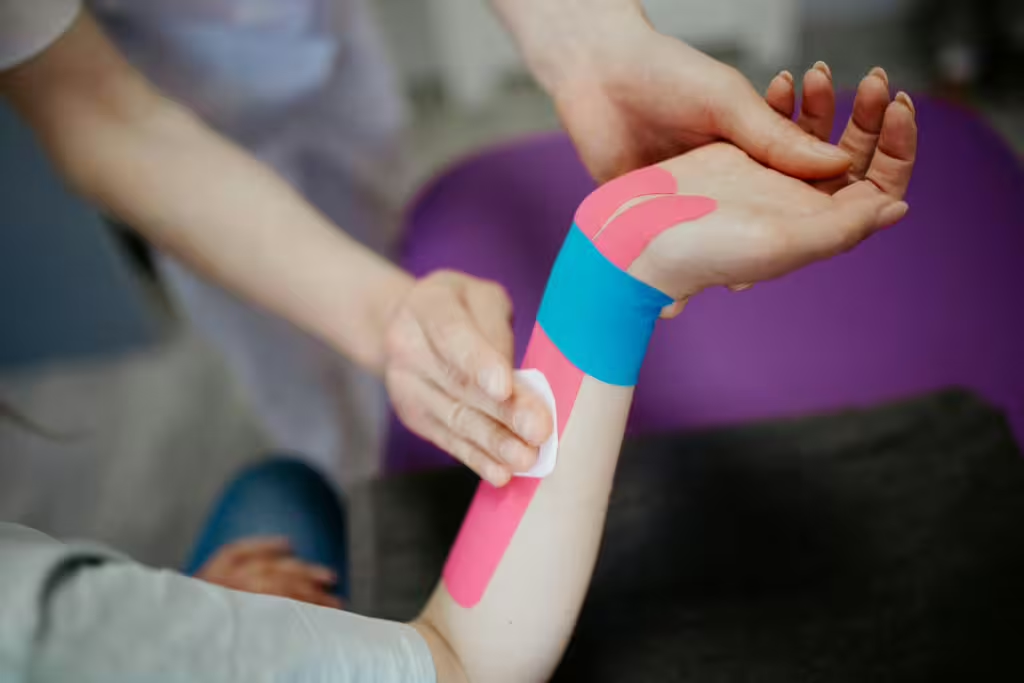
Shoulder and Elbow Injuries
Baseball, softball, swimming, and tennis are all sports that involve some degree of repetitive overhead motion of the arm, shoulder, and elbow. These sports—if done long-term without any chance for rest or differentiation of movement—can strain young shoulders and elbows without fail. Injuries with colloquial names like “throwing shoulder” or “swimmer’s shoulder” are classic overuse conditions that can only be prevented when parents, athletes, and coaches are mindful. This means monitoring a young athlete’s pitch count, rotating their position on the team, and making sure that form is prioritized over intensity.
Back Pain and Stress Fractures
Even middle schoolers may experience back pain when their body is going through a growth spurt. Muscles, bones, and ligaments can ache just the same in a young body as they can in an old. There are also serious risks attached to repeated hyperextension of one’s spine and muscles. In fact, even non-contact sports like gymnastics or cheerleading have been known to cause small spinal fractures (spondylolysis) in young athletes. The prevention here involves improving an athlete’s flexibility and strengthening their core. Also, it should probably go without sayin that cutting down on excessive back-bending exercises will put way less pressure on growing spines.
What To Do When an Injury Happens
Even with all the precautions in the world, injuries are still going to happen. This is why it’s just as important that parents know what to do when they occur as it is that they know why they occur in the first place. Moreover, knowing what to do in the first hours and days after an injury will speed up recovery time and prevent any worsening of the existing injury.
Use the R.I.C.E. Method
The most minor sprains and strains can be alleviated using the R.I.C.E. method:
- Rest: This refers to stopping the activity for the duration of the healing in order to prevent further damage.
- Ice: For injuries like this, apply ice 15–20 minutes at a time, every 2–3 hours for the first day.
- Compression: Keep the injury bound to reduce swelling. This is typically done with an elastic bandage, available at most pharmacies.
- Elevation: Wherever the injury is located, try and keep it elevated so that the injured area is above the athlete’s heart.
Note that if pain or swelling persists after a few days—or if your child can’t bear weight on the injured area—it might be time to consult a doctor/pediatrician.
Seek Professional Evaluation
If you are still unsure about the severity of an injury, turn to the professionals. You never want to “guess” at how serious an injury might be. Firstly, because some injuries that seem minor (like a sprain) are actually quite serious. What looks like a simple sprain could be masking a fracture or growth plate injury; both of which require serious medical intervention. Pediatricians, physical therapists, and sports medicine specialists will all be able to assess the injury much better than most parents and will even be able to advise them on the recommended next steps.
Never Rush Recovery
In the end, you cannot rush healing. Even if your impetuous young athlete wants to return to the field after a day or so of rest, it’s best to err on the side of caution. Heading out an on injured leg or pitching with an injured shoulder is a good way to make things way worse. It’s best to follow the doctor’s timeline, and remind your child that healing fully is part of being a good athlete. Keep up with your child’s rehab strategy if they have one, as well.
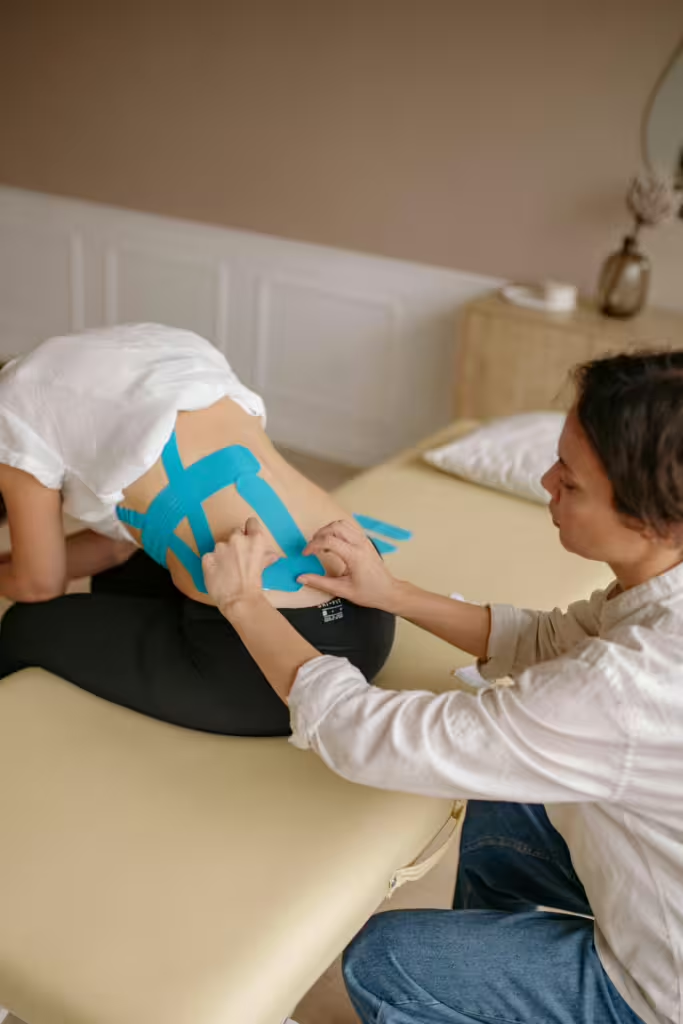
Cultured Athlete Says…
As you can see, middle school sports might be a chance for injury to occur, but it is far better to view them as a launchpad for building confidence, teamwork, leadership, and lifelong physical wellness. These outcomes can only come about, however, if our children remember that safety comes first. If we teach them not to fear the prospect or injury and to prioritize their own safety and the safety of others, then they will surely be the recipients of valuable life lessons.
As parents we must be just as patient, fearless, attentive, and supportive. We must also be measured in our expectations of our child’s healing potential and sports expertise. So long as we do our best to evince these characteristics, then everyone can be safe, happy, and successful at sports as they have the potential to be!
Discover more from CulturedAthlete
Subscribe to get the latest posts sent to your email.

